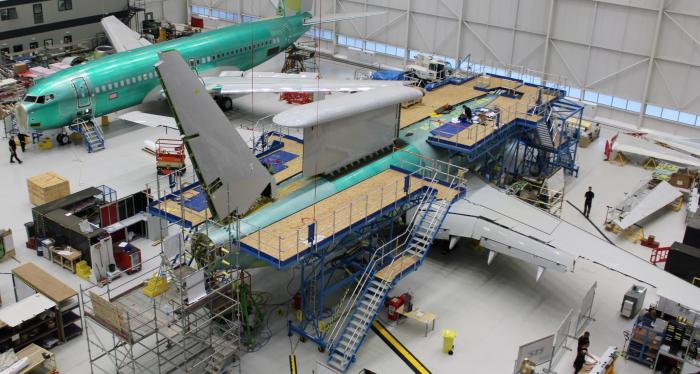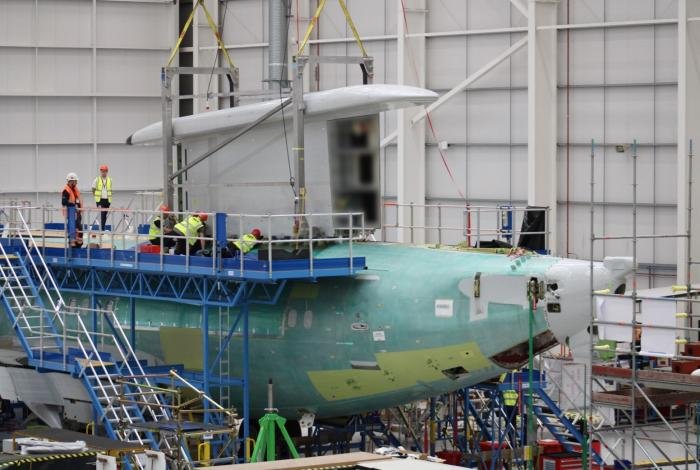The first of three Royal Air Force (RAF) Boeing E-7A Wedgetail AEW1 airborne early warning and control (AEW&C) aircraft received its Multi-role Electronically Scanned Array (MESA) sensor on November 4.
Currently being converted at Birmingham airport in the UK by a mixed team of 100 engineers from Boeing and STS Aviation Services. The fleet of Wedgetails will provide 360-degree coverage, long-range air surveillance and control capabilities to the UK and allies.

Assistant Chief of Staff Capability Delivery for Intelligence, Surveillance and Reconnaissance aircraft, Air Commodore Alex Hicks said: “This installation of the MESA sensor is a tangible demonstration of the progress being made toward the phenomenal capability of Wedgetail entering RAF frontline service. This highly complex technology is undeniably exposed to the challenges facing global supply chains.”
The MESA sensor is built by Northrop Grumman and installed along the spine of the E-7A. This part of the modified Boeing 737 is a reinforced fuselage section to be capable of carrying the sensor. The sensor is to detect and identify targets at longer ranges than its predecessor, the E-3D Sentry which left RAF Service in 2021. The aircraft will be able to track airborne and maritime targets whilst simultaneously providing surveillance of an area of interest.

After entering RAF service, the Wedgetail will be utilised by No 8 Squadron at RAF Lossiemouth in Moray, Scotland, which is also home to the UK's fleet of Boeing P-8A Poseidon MRA1s and multiple Eurofighter Typhoon FGR4 squadrons.

